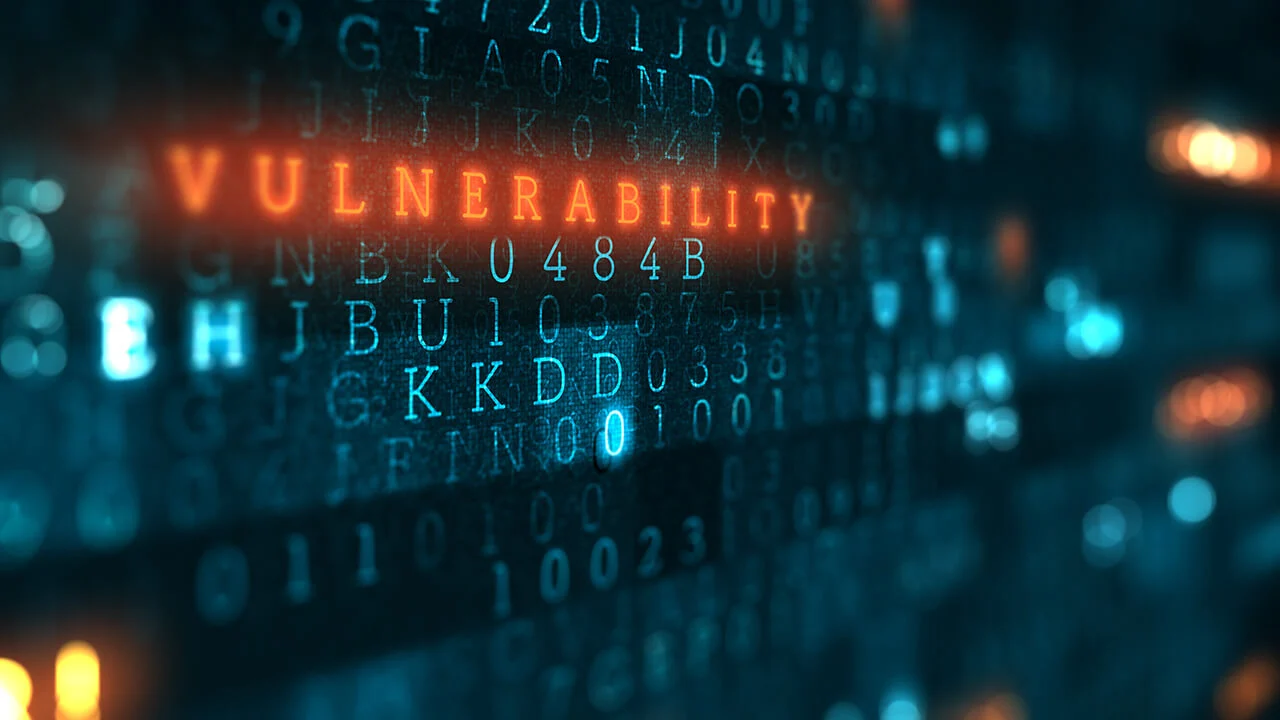NIST SP 800-207 Zero Trust Architecture Validation Testing
The National Institute of Standards and Technology Special Publication (NIST SP) 800-207 is a key document in the cybersecurity field that outlines guidelines for implementing and validating zero trust architectures. This service focuses on ensuring that organizations meet stringent security standards by validating their zero trust architecture compliance with these guidelines.
Zero Trust Architecture, as defined by NIST SP 800-207, is a framework designed to protect digital assets in an environment where the boundary between trusted and untrusted entities has been eliminated. This approach emphasizes continuous verification of all users, devices, applications, and services attempting access to resources within the organization.
Our testing service follows these principles by rigorously evaluating various aspects of your zero trust implementation including identity management, network segmentation, endpoint protection, and ongoing monitoring systems. We employ state-of-the-art tools and methodologies that align with international standards such as ISO 27001:2013 to ensure accuracy and reliability.
During our validation process, we will assess how effectively your organization implements the principles outlined in NIST SP 800-207. This includes verifying whether you have established robust policies around identity verification, continuous monitoring of network traffic, and regular updates to security controls based on threat intelligence.
The outcome of this testing is critical for maintaining compliance with industry regulations while enhancing overall cybersecurity posture. By validating your zero trust architecture against these stringent criteria, we can help identify potential vulnerabilities before they become exploitable threats.
Why It Matters
In today’s increasingly interconnected world, protecting sensitive information and systems from unauthorized access is more important than ever. The principles of zero trust architecture outlined in NIST SP 800-207 provide a comprehensive approach to securing digital environments.
By adopting this framework, organizations can significantly reduce their risk exposure by ensuring that every request for access is treated as potentially malicious until proven otherwise. This mindset shift towards constant vigilance helps mitigate risks associated with insider threats and advanced persistent threats (APTs).
The implementation of zero trust architecture also supports compliance requirements set forth by various regulatory bodies such as the Department of Defense (DoD) and Federal Information Security Management Act (FISMA). These regulations mandate organizations to adopt robust security measures that protect against unauthorized access attempts.
Our testing service ensures that your organization meets these rigorous standards, providing peace of mind knowing that you are adhering to best practices in cybersecurity. Through our validation process, we provide detailed reports highlighting areas where improvements can be made and recommendations for implementing additional safeguards if necessary.
Benefits
- Enhanced Security: By validating your zero trust architecture against NIST SP 800-207 guidelines, you ensure that every aspect of your security strategy is aligned with the latest best practices.
- Compliance Assurance: Our testing service helps you meet regulatory requirements set forth by DoD and FISMA, reducing potential legal risks associated with non-compliance.
- Risk Mitigation: Through rigorous evaluation of your zero trust implementation, we help identify potential vulnerabilities before they become exploitable threats.
- Increased Confidence: Our detailed reports provide clear insights into the strengths and weaknesses of your current setup, allowing you to make informed decisions about future improvements.
Environmental and Sustainability Contributions
While our primary focus is on enhancing cybersecurity measures, it’s worth noting that the principles of zero trust architecture also contribute positively towards environmental sustainability goals. By reducing reliance on traditional perimeter security models and instead focusing on continuous verification of all entities attempting access, organizations can minimize unnecessary resource consumption.
This approach encourages efficient use of resources by optimizing network performance and reducing energy costs associated with less frequent scans or updates. Additionally, it promotes a culture of ongoing improvement which fosters long-term sustainability efforts within the organization.





